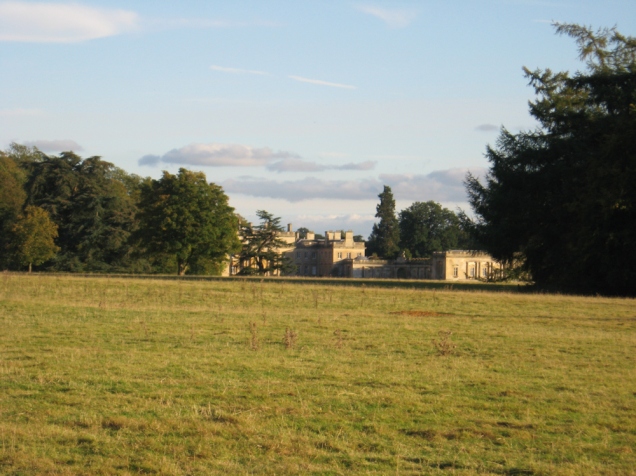In this generally interesting period of time, when attempts to join the Schengen free movement area are inhibited by it being shut or whatever it is that’s happening, it is important to hold onto positive news and whatever fixed points can be found.
So on the positive side we can all be reassured that the panic-buying in the shops isn’t being done by Millenials (those born between about 1980 and 2000) because the shops are still well-endowed with avocados and phone chargers.
On the fixed side, a late-night walk recently had me thinking – as these things do, particularly when it’s dark – about the method of calculating the Difference of Two Squares. This is a mathematical concept where the difference of two square numbers equals the sum times the difference.
Or, put in practical terms so it’s more understandable, if you know that 1² is 1 then you can work out 2² by adding 1 to 2 (which equals 3) and then working out the difference between 1 and 2 (which is 1) and multiplying the results of these two sums by each other (3×1) and adding the answer (which is 3) to 1² and getting 4. And in this case it works, because 2² is 4.
For further practical demonstration, suppose it is a commonly-known fact that 37² is 1,369, but you want to know what 52² is without all the difficulty, faff and waste paper of doing 52×52. The sum of 37+52 is 89 and the difference is 15. 15 by 89 is 1,335, so add that to 1,369 to get 2,704. And the square root of 2,704 is 52.
However, even an infinite number of practical demonstrations will not show that this must always work. Similarly (to use what I understand might be a genuine scientific example for this point), a biologist in a park could demonstrate that the world contains a number of white swans but cannot use this one park (or indeed thirty parks that coincidentally have no Australian black swans) to prove that all swans are white. Only political polling samplers can do that, using a not wholly scientific concept called extrapolation.
To demonstrate this square idea properly we must reduce it to algebra, where the lower number being squared will be shown as x and the higher number as y:
x² + (x+y)(y-x) = y²
If done in practice this would be, for example, 2² + (2+11)(11-2) = 11².
We then open out the brackets by multiplying each term in one set of brackets by everything in the other bracket, thus:
x² + xy – x² – xy + y² = y²
Or, when done in practice, 2² + (2×11) – 2² – (2×11) + 11² = 11².
As x² – x² (or 4-4) is 0 and xy – xy (or 22-22) is 0 we can cancel those things out to get:
y² = y²
Or, in practice, 11² = 11², which works out as 121 = 121.
Isn’t that satisfying?
And it’s very nice to know that, whatever may happen in the world, and however much you may distrust the Government, and regardless of the fates of the airlines, 121 tubs of discounted ice-cream that everyone else has mysteriously forgotten to panic-buy will always be equal to 121 tubs of ice-cream.
Meanwhile, here is a picture taken on a late-night walk:

(Not the walk that inspired this blogpost. That one was a bit different, as it was a new moon, and up on a plateau, and nowhere near the sea.)
 This is a house, set in several hundred acres of landscaped countryside and possibly actually worth £6.9million (though not per annum).
This is a house, set in several hundred acres of landscaped countryside and possibly actually worth £6.9million (though not per annum).